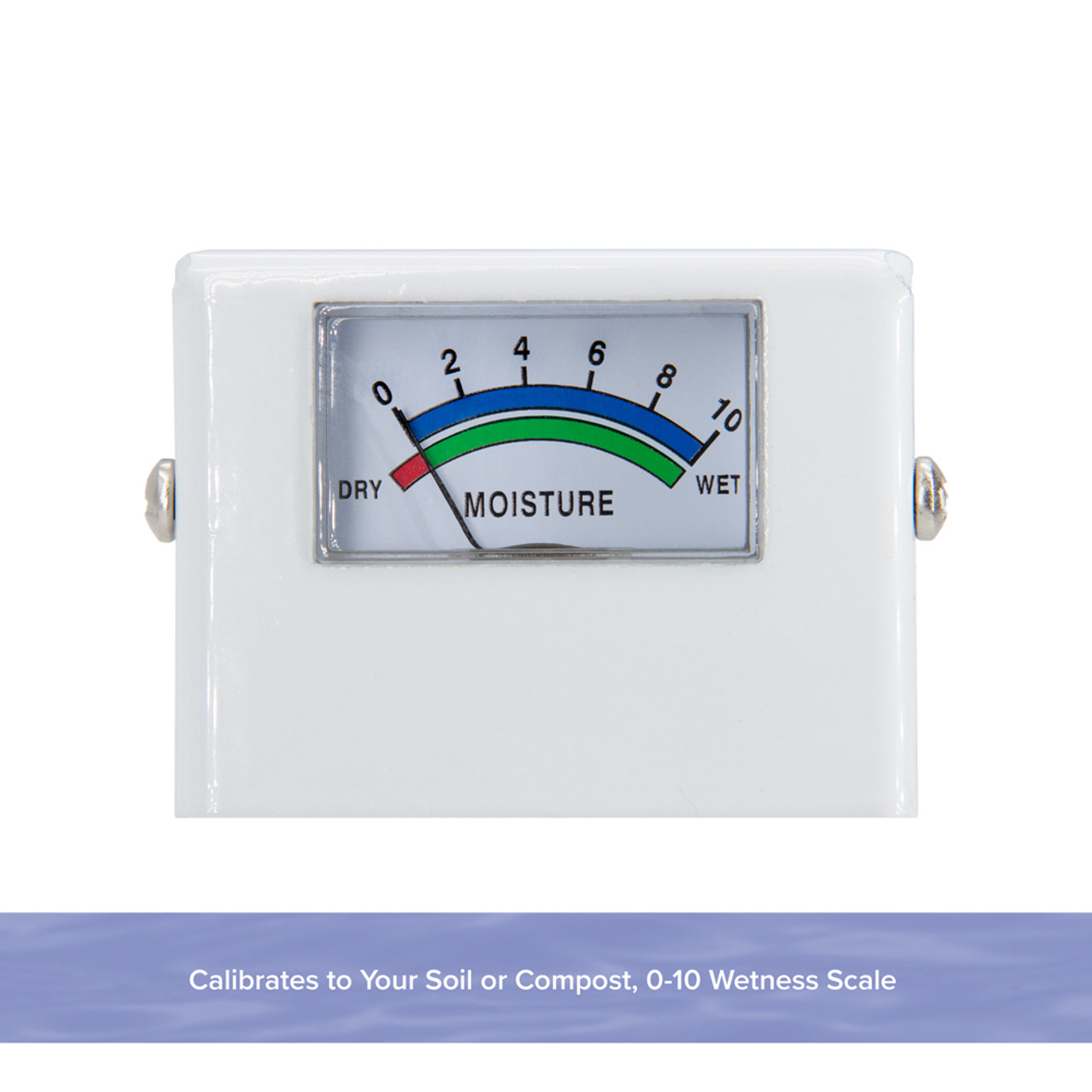The Science Behind Moisture Meters: How They Work and Why They're Important
The Science Behind Moisture Meters: How They Work and Why They're Important
Blog Article
Comprehending the Importance of a Moisture Meter in Preventing Mold and Water Damages in Your Home
In the world of home upkeep, the visibility of moisture can frequently be a silent yet formidable foe, qualified of triggering prevalent mold growth and insidious water damages if left unchecked. Comprehending the relevance of a dampness meter in this battle is not simply a choice however a calculated need.
Relevance of Moisture Detection
Effective moisture discovery methods are important for guarding residential or commercial properties and protecting against potential mold growth and water damage. Moisture can leak right into different building materials, resulting in architectural problems and carcinogen. By making use of a wetness meter, homeowner can proactively identify areas vulnerable to excess moisture, permitting prompt treatment and reduction techniques.
Moisture meters supply exact analyses of moisture degrees in various products such as drywall, concrete, and timber. This data helps in identifying locations of concern, also in surprise or hard-to-reach locations. Early detection of moisture build-up enables punctual fixings or modifications to avoid further damage.

How Moisture Meters Job
Wetness meters play a critical function in the proactive recognition of excess dampness, assisting in the avoidance of prospective mold growth and water damage by offering accurate readings of dampness degrees in numerous structure materials. Some advanced moisture meters combine both pin and pinless technologies for extensive moisture detection. Understanding how moisture meters feature is necessary for prompt and precise wetness degree analyses, making it possible for reliable preventative procedures against mold and water damage.
Detecting Early Warning Signs
Upon preliminary examination of a building, acknowledging subtle indicators of excess wetness becomes crucial in the very early discovery of prospective mold growth and water damage. Some usual very early caution indications consist of moldy odors, water discolorations on walls or ceilings, peeling paint or wallpaper, and distorted or tarnished surfaces. Musty smells often show the existence of mold or mold, even if no visible indicators appear. Water spots can signify leakages or seepage, while peeling off paint or wallpaper may be an outcome of moisture compromising the bond of these materials to the surface area. Distorted or stained surface areas, such as twisting floorboards or blemished drywall, are clear indications of water damage. In addition, a boost in allergic reaction signs or respiratory concerns among owners may recommend the existence of mold and mildew because of excess dampness. By quickly recognizing and resolving these early caution signs, house owners can blog here mitigate the threat of comprehensive mold and mildew development and water damage in their buildings.
Protecting Against Mold Development
Recognizing early indication of excess moisture within a residential property not just allows prompt detection of prospective mold growth and water damages yet additionally offers as an aggressive procedure in stopping the proliferation of mold. To successfully avoid mold and mildew development, it is important to attend to any type of sources of moisture without delay. This can include fixing leakages in roofs, windows, or pipes, making sure proper air flow in damp locations like kitchen areas and bathrooms, and making use of dehumidifiers in high-humidity areas. Frequently preserving the property and checking's pipes, other roofing system, and gutters can additionally assist in protecting against water intrusion that might result in mold and mildew growth.
In enhancement to attending to moisture resources, maintaining interior moisture degrees listed below 60% can substantially prevent mold and mildew growth. Appropriate air flow, ample insulation, and making use of a/c unit or followers can assist manage interior moisture degrees. Monitoring moisture levels in areas prone to dampness, such as cellars and creep spaces, using a moisture meter can additionally aid in early discovery of elevated dampness levels and potential mold growth. By taking aggressive actions to avoid excess dampness and mold and mildew development, house owners can secure their building and indoor air quality.
Benefits of Normal Tracking
Normal tracking of dampness degrees in a residential or commercial property can play a crucial duty in preserving a healthy and balanced interior environment and protecting against prospective mold and mildew and water damage. By routinely examining moisture degrees, home owners can find any problems promptly and take needed activities to avoid mold and mildew growth and water damage. Among the learn this here now vital benefits of normal monitoring is early discovery. By determining and addressing high moisture degrees early on, property owners can interfere before mold has the possibility to create and spread. This proactive method can conserve both money and time in the future by preventing comprehensive mold and mildew remediation and repair work expenses.
Moreover, regular surveillance allows home owners to track patterns and patterns in wetness levels in time. By developing a standard and tracking modifications, individuals can identify any kind of locations of problem or possible vulnerabilities in the building's framework. This data-driven approach enables targeted treatments and maintenance initiatives to attend to underlying problems before they rise into even more substantial issues. Ultimately, the regular monitoring of dampness levels empowers home owners to protect their residential property, protect their wellness, and preserve the honesty of their indoor atmosphere.

Final Thought

By using a wetness meter, property owners can proactively determine locations vulnerable to excess moisture, permitting for prompt intervention and reduction methods.

Checking moisture degrees in locations prone to dampness, such as basements and crawl spaces, making use of a dampness meter can additionally help in very early discovery of raised moisture levels and possible mold and mildew development. (Moisture Meter)
Report this page